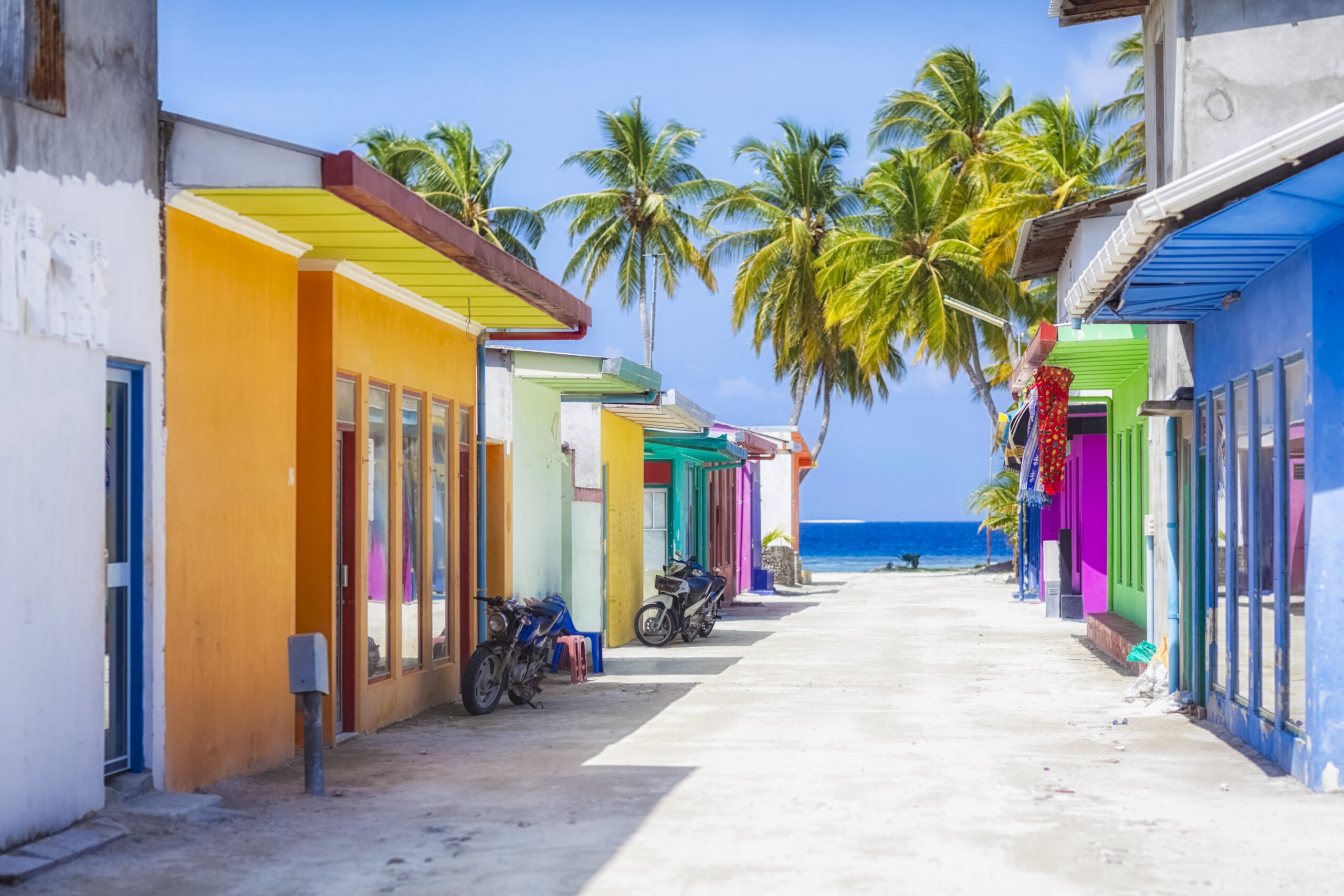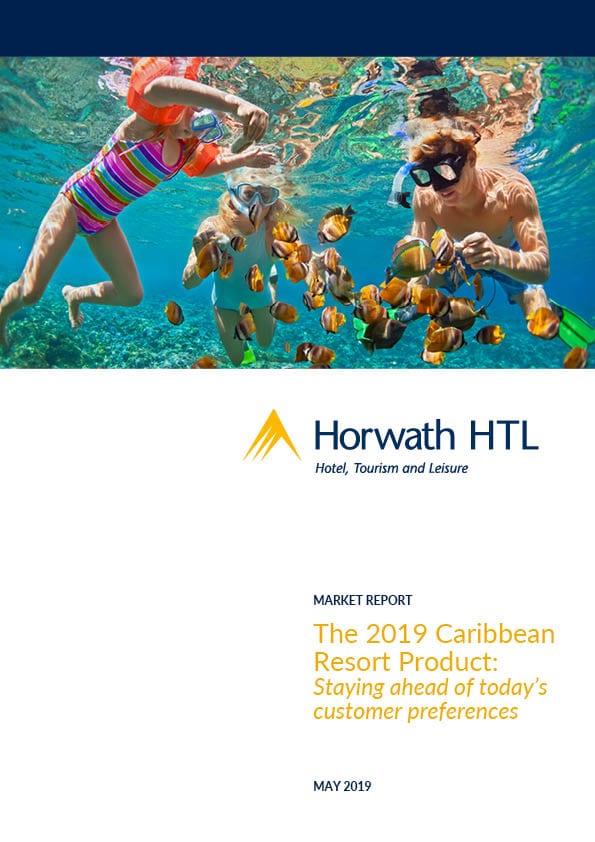
Market Report
The Caribbean Resort Product
The last recession, coupled with the maturation of the social web, has led to new purchasing behaviors and disruption in the travel industry. While the hospitality sector is often perceived as slow to adapt to change, how resorts respond to shifting consumer preference will determine their viability.
In this latest report, we look at how the Caribbean resort product is evolving to stay relevant in an increasingly global tourism market.
Market Dynamics
Value-Driven Purchases: The All-Inclusive Product
- The all-inclusive sector has gained popularity as consumers seek value in their travel experiences. These resorts typically feature a minimum of 300 keys and capitalize on economies of scale and vertical integration with tour operators to offer cost-effective packages.
- Recent Developments: Apple Leisure Group acquired The Mark Travel Corporation to enhance value delivery. Hilton and Playa Hotels and Resorts have also formed strategic alliances to grow this product segment.
Community and Connectivity: Group Travel Trends
- Increasing digital isolation has spurred a desire for social connections, driving the popularity of group travel, often for celebrations such as weddings and anniversaries.
- The Caribbean is well-suited for multi-generational vacations due to its diverse offerings that appeal to all age groups. Vacation rentals are becoming popular for groups seeking value and private gathering spaces.
Experiential Travel: Beyond Guest Room Amenities
- The demand for experiential travel is driving resorts to offer unique activities like cooking demonstrations, artist residencies, yoga classes, and excursions. These experiences enhance guest engagement and differentiate properties.
- Examples: Kimpton Hotels in Grand Cayman and Grenada, Kempinski and Marriott’s Autograph Collection in Dominica. Entertainment-focused resorts like Ushuaia by Palladium, Margaritaville, and Hard Rock Hotels are expanding in the region.
Authenticity and “Sense of Place”
- Travelers, particularly millennials, are seeking authentic experiences that resonate with local culture and history. Independent boutique properties that immerse guests in island histories are well-positioned to cater to this trend.
- Leading Examples: Anse Chastanet in St. Lucia, GoldenEye in Jamaica, and the Dunmore Beach Hotel in The Bahamas.
Wellness and Holistic Health: Immersive Retreat centres
- The Caribbean’s natural setting makes it ideal for wellness tourism, combining beach holidays with health and wellness experiences.
- Examples: The Sense spa at Jumby Bay in Antigua and Amanyara in Turks and Caicos. Body Holiday in St. Lucia stands out as a dedicated wellness destination.
- The region is exploring immersive wellness properties and retreat centres, with a focus on integrating local healing traditions and plant-based medicine into spa offerings.
Challenges and Opportunities
- Sustainability: Resorts need to innovate and create new spaces while maintaining sustainable practices. This includes incorporating local materials and supporting environmental conservation efforts.
- Economic Impact: Tourism remains a vital economic driver for the Caribbean, but the region faces increasing competition from other warm-weather destinations. It is crucial to adapt to changing consumer preferences to maintain and grow market share.
